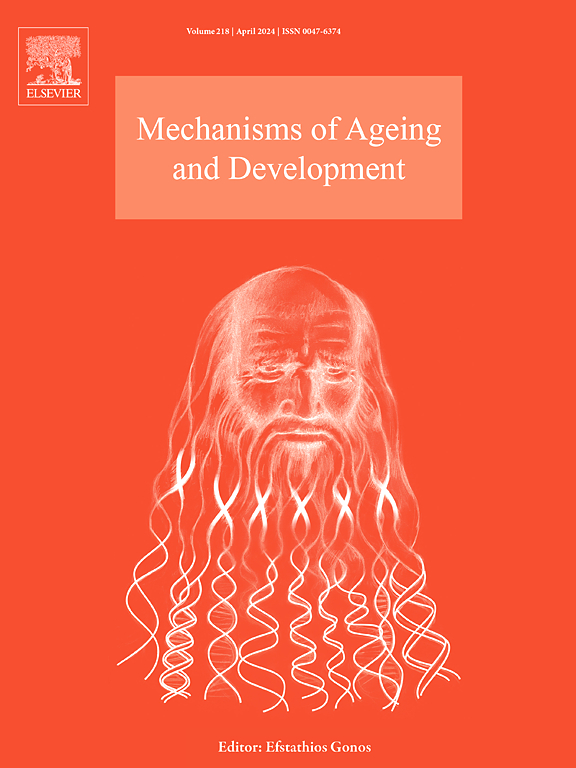Defective mitochondrial quality control in the aging of skeletal muscle
IF 5.1
3区 医学
Q2 CELL BIOLOGY
引用次数: 0
Abstract
Age-related skeletal muscle decline is a major contributor to frailty, functional impairment, and loss of independence in advanced age. This process is characterized by selective atrophy of type II fibers, impaired excitation–contraction coupling, and reduced regenerative capacity. Emerging evidence implicates mitochondrial dysfunction as a central mechanism in the disruption of muscle homeostasis with age. Beyond ATP production, mitochondria orchestrate redox signaling, calcium handling, and apoptotic pathways, which are increasingly compromised in aged muscle due to chronic oxidative stress and defective quality control. High-resolution respirometry has revealed intrinsic, lifestyle-independent declines in mitochondrial respiratory capacity, while large-scale phenotyping and transcriptomic profiling have established robust associations between mitochondrial integrity, physical performance, and mobility. These findings have prompted a paradigm shift from static descriptions of mitochondrial decline toward dynamic analyses of mitochondrial signaling networks and stress adaptability. Several quality control mechanisms, including mitochondrial biogenesis, dynamics, mitophagy, and vesicle trafficking, emerge as critical regulators of myocyte integrity. Understanding how these systems deteriorate with age will be pivotal for developing therapeutic targets to preserve muscle function, mitigate sarcopenia, and extend health span.
骨骼肌老化过程中线粒体质量控制缺陷。
与年龄相关的骨骼肌衰退是老年虚弱、功能损伤和丧失独立性的主要原因。这一过程的特点是II型纤维选择性萎缩,兴奋-收缩耦合受损,再生能力降低。新出现的证据表明,线粒体功能障碍是随着年龄增长而破坏肌肉平衡的中心机制。除了ATP产生外,线粒体还协调氧化还原信号、钙处理和凋亡途径,这些途径在衰老肌肉中由于慢性氧化应激和质量控制缺陷而日益受损。高分辨率呼吸测量揭示了线粒体呼吸能力内在的、与生活方式无关的下降,而大规模表型分析和转录组分析已经建立了线粒体完整性、身体表现和流动性之间的强大关联。这些发现促使了从线粒体衰退的静态描述向线粒体信号网络和应激适应性的动态分析的范式转变。一些质量控制机制,包括线粒体生物发生、动力学、线粒体自噬和囊泡运输,是肌细胞完整性的关键调节因素。了解这些系统如何随着年龄的增长而恶化,将是开发治疗目标的关键,以保持肌肉功能,减轻肌肉减少症,延长健康寿命。
本文章由计算机程序翻译,如有差异,请以英文原文为准。
求助全文
约1分钟内获得全文
求助全文
来源期刊
CiteScore
11.10
自引率
1.90%
发文量
79
审稿时长
32 days
期刊介绍:
Mechanisms of Ageing and Development is a multidisciplinary journal aimed at revealing the molecular, biochemical and biological mechanisms that underlie the processes of aging and development in various species as well as of age-associated diseases. Emphasis is placed on investigations that delineate the contribution of macromolecular damage and cytotoxicity, genetic programs, epigenetics and genetic instability, mitochondrial function, alterations of metabolism and innovative anti-aging approaches. For all of the mentioned studies it is necessary to address the underlying mechanisms.
Mechanisms of Ageing and Development publishes original research, review and mini-review articles. The journal also publishes Special Issues that focus on emerging research areas. Special issues may include all types of articles following peered review. Proposals should be sent directly to the Editor-in-Chief.

 求助内容:
求助内容: 应助结果提醒方式:
应助结果提醒方式:


